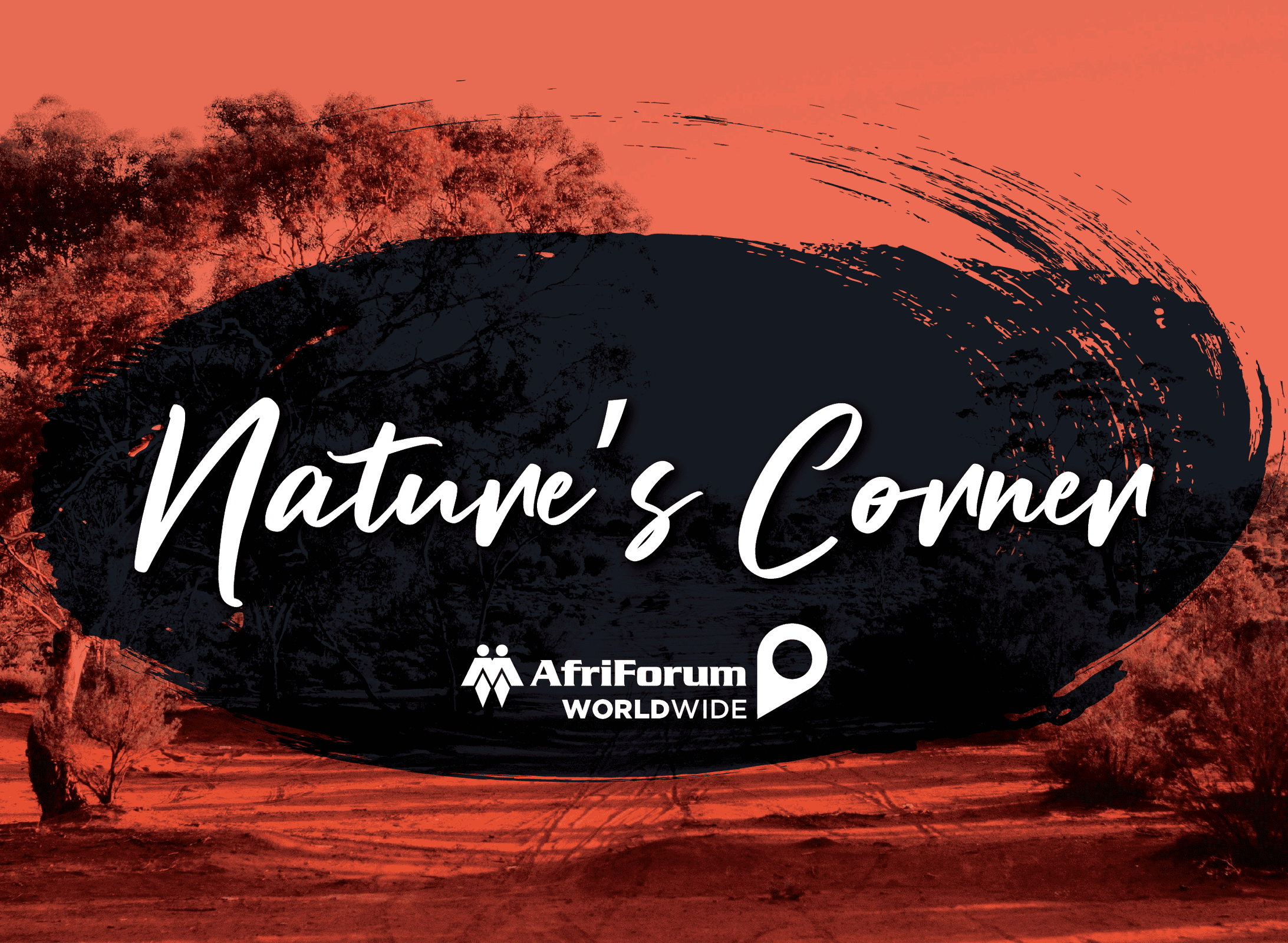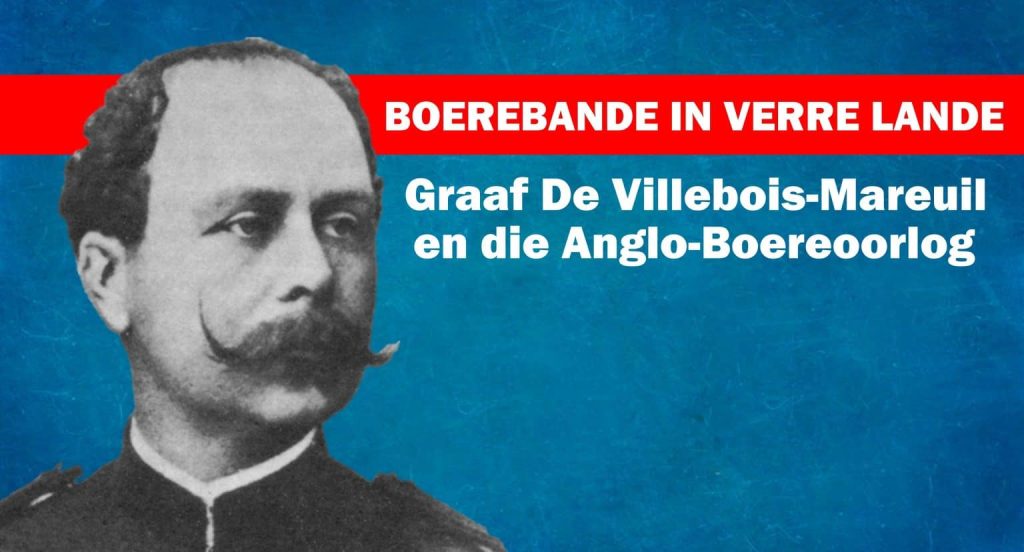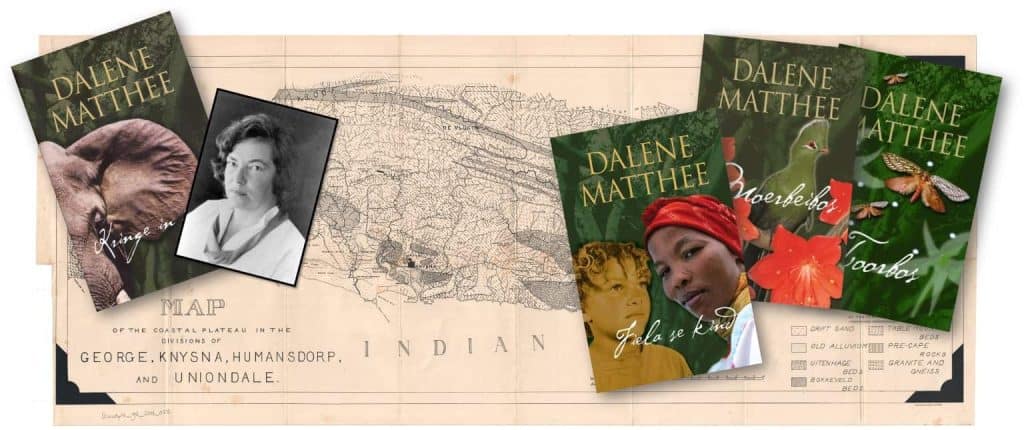By Alana Bailey
It does not happen every day that a new animal or plant species is discovered. However, in South Africa with our great variety of fauna and flora, it is not unheard of for such a discovery to be announced.
This was the case again earlier this month when it was announced that Pieter van Wyk, curator of the |Ai-|Ais/Richtersveld Transfrontier Park’s Desert Botanical Garden and Nursery had come across such a new plant species in the park.
This Pelargonium plant is characterised by particularly large white flowers with red-purple veins on the petals. Like all pelargoniums, it is a perennial plant that is heat and drought resistant and can therefore survive the Richtersveld’s extreme climatic conditions.
Cuttings were collected so that plants can be propagated for conservation purposes at the park’s nursery.
This is not Van Wyk’s first discovery of this nature. In 2020, for example, he also discovered a new member of the sunflower family there – it was the twenty-first new species that became known thanks to his knowledge and research.
In an interview he was asked how it happened and his modest answer was that it was due to luck, although your chances of being lucky increase when you know an area as well as he knows the park and Richtersveld, and spend as much time there.
Van Wyk is a remarkable man. He spent a large part of his early youth with his grandmother on a farm near Alexander Bay. She passed her love for this region and its natural treasures on to him. When not in school, he enjoyed being alone in the veld. After school, he worked three years as a missionary in Angola, teaching children maimed in landmine accidents. There he learnt to speak Portuguese and studied the local fauna and flora. After his return to South Africa, he started working at the park.
In an article that appeared about him in 2020 on the website of the Field Guides Association of Southern Africa (https://www.fgasa.co.za/fgasa-guide-discovers-new-plant-in-ai-ais), it is mentioned that his work consists, among other things, of doing patrols in the park; operating the nursery; promoting Nama culture, and guiding tourists, school groups and students visiting the park. At the time, he was busy with his
master’s studies in botany at the University of Berlin. Earlier this year he was named as one of three international winners of the prestigious Future for Nature Award.




















